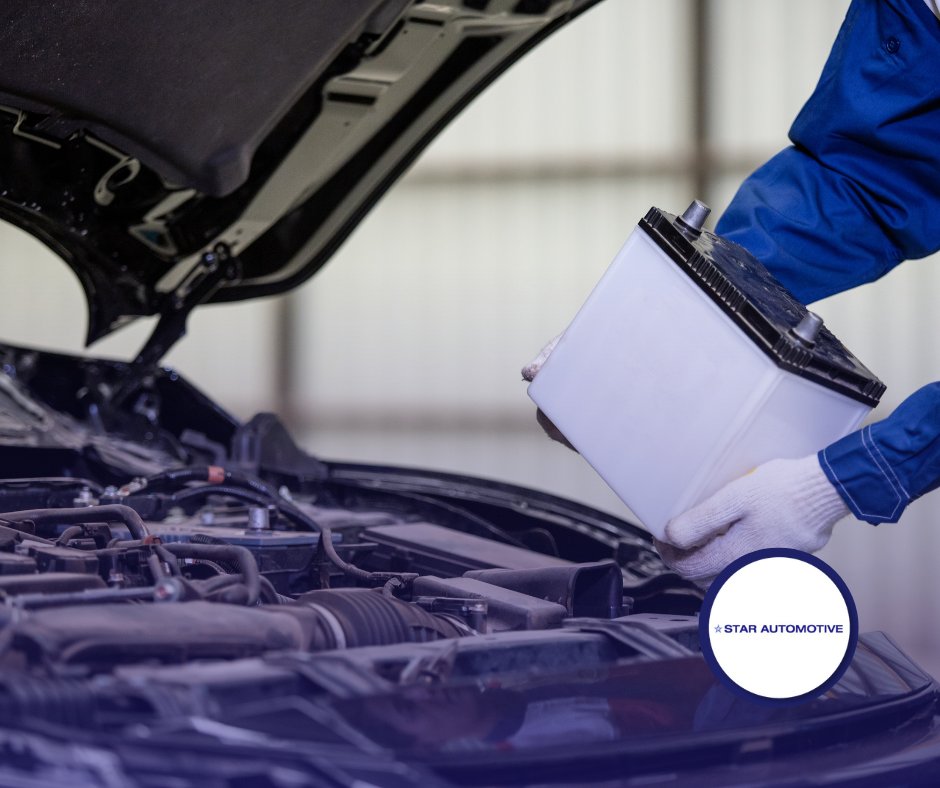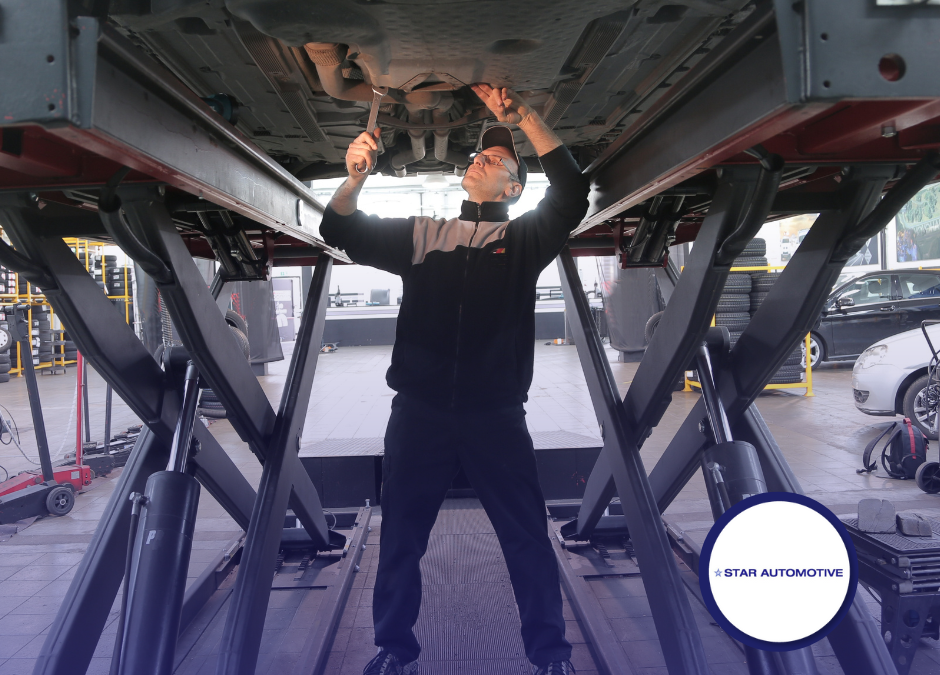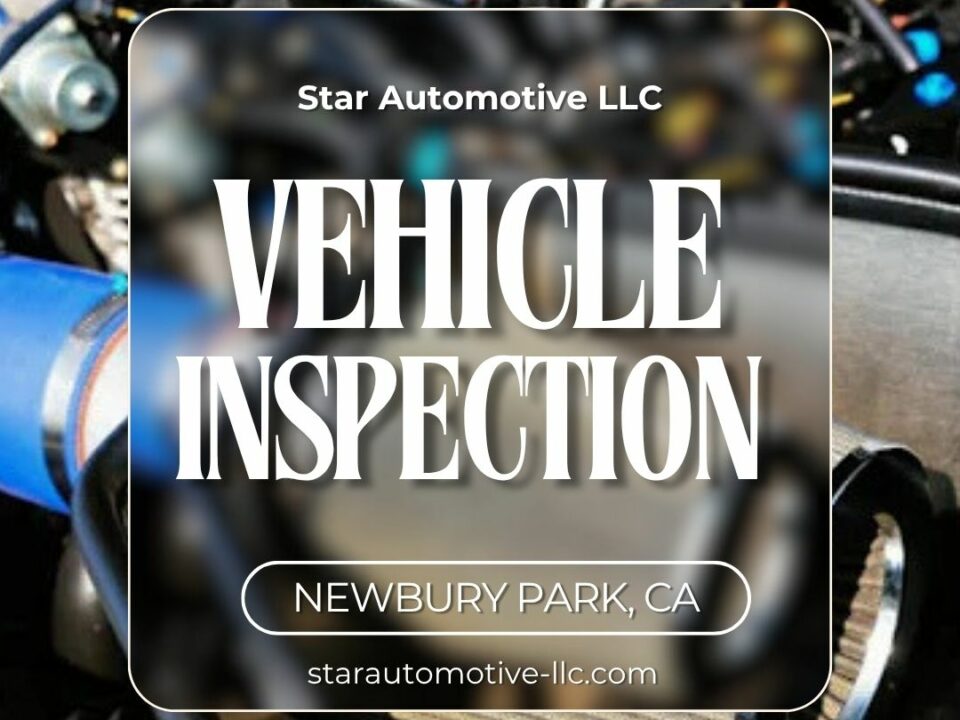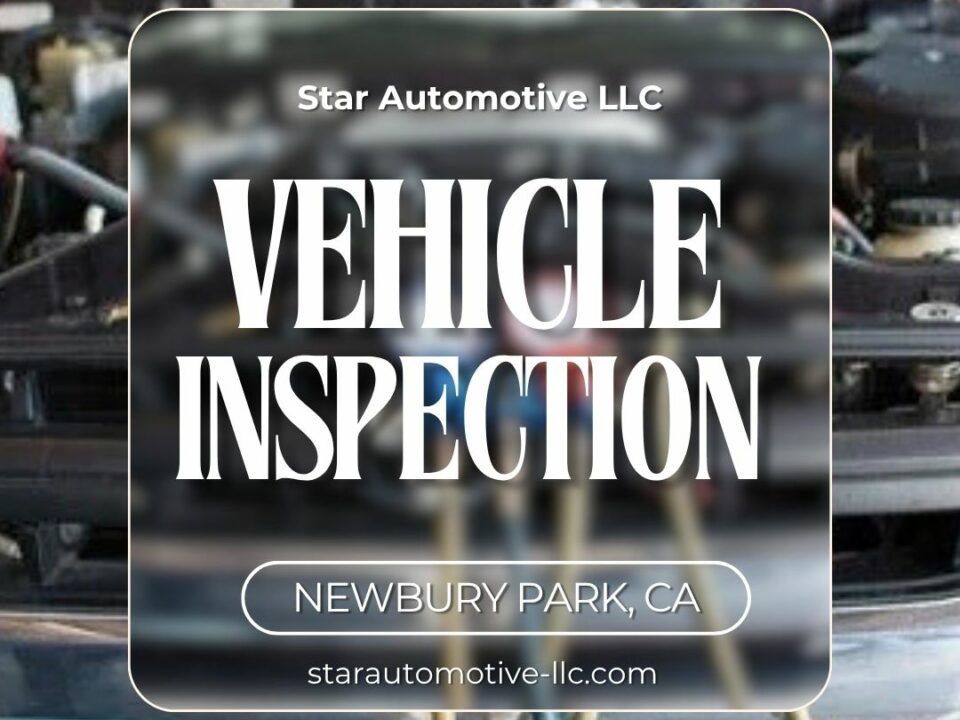
Vehicle Inspection Checklists: Essential Items Every Driver Should Know
December 12, 2023
The Importance of Regular Vehicle Inspections for Road Safety and Maintenance
December 12, 2023Ensuring your vehicle is in top condition is crucial for safety and performance. This article provides a comprehensive checklist for regular vehicle inspections, helping drivers maintain their cars in roadworthy condition.
Understanding the Importance of Regular Vehicle Maintenance
Regular vehicle maintenance is not just about complying with legal requirements; it’s about ensuring personal safety and prolonging the lifespan of your vehicle. A well-maintained car offers better performance, fuel efficiency, and higher resale value.
The Engine: Heart of Your Vehicle
Check the engine for any signs of problems like leaks, strange noises, or smoke. Regular oil changes, checking the coolant level, and inspecting the engine belt are crucial aspects of engine maintenance.
Tire Health and Maintenance
Healthy tires are essential for safe driving. Inspect tire pressure, tread depth, and look for signs of wear or damage. Regular tire rotation and wheel alignment checks are also important to ensure balanced driving and tire longevity.
Brakes: Your Safety Anchor
Regular checks of the brake system, including pads, discs, and fluid, are vital. Any changes in braking performance like unusual sounds or feelings should be inspected immediately.
Electrical Systems and Lighting
Functional lights and electrical systems are essential for safety. Check headlights, brake lights, indicators, and interior lighting. Also, inspect the battery’s condition and connections.
Visibility Checks
Ensure that your windscreen, mirrors, and windows are clear. Wiper blades should be in good condition for optimum visibility in adverse weather conditions.
The Suspension System: Ensuring a Smooth Ride
The suspension system impacts the vehicle’s control and comfort. Inspect for signs of wear in shocks and struts, and listen for unusual noises when driving over bumps or turning corners.
Exhaust System and Emissions
Check the exhaust system for leaks, damage, and unusual noises. Emissions should also be checked to ensure they meet environmental standards.
Fluid Levels: The Lifeline of Your Vehicle
Regularly check and maintain optimal levels of all vital fluids – engine oil, coolant, brake fluid, power steering fluid, and transmission fluid. These fluids are crucial for the smooth operation of various vehicle components.
Interior and Exterior Inspections
Inspect the vehicle’s interior for operational controls and safety devices. Examine the exterior for body damage, rust, or other issues that could affect the vehicle’s integrity.
Conclusion: A Proactive Approach to Vehicle Inspection
Staying proactive with vehicle inspections can significantly enhance your safety and the reliability of your vehicle. Use this checklist as a guideline for regular maintenance to keep your car in the best possible condition.
Remember, a well-maintained vehicle is a safe, efficient, and dependable mode of transportation. Regular inspections are key to ensuring your car remains roadworthy and secure.




